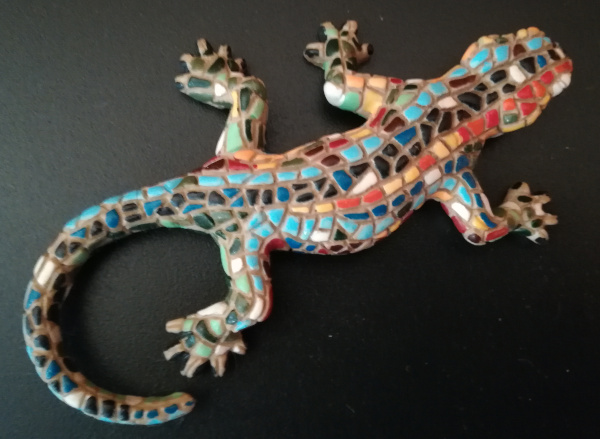Si trova su / Altri legami
© 2021 The American Ceramic SocietyThe Eu2+–activated nitride phosphors have been widely used in solid–state lighting, but the applications in high–power white–light–emitting diodes (wLEDs) field require higher thermal stability of luminescent materials. The oxidation of Eu2+ and the damage of nitride host in the Eu2+–activated nitride phosphors are the two crucial reasons for the luminescence loss while operating. A superficial organic carbon modification is performed on the red–emitting (Sr,Ca)AlSiN3:Eu2+ phosphor via the incorporation of organic carbon by solution mixing and thermal post–treatment under the N2–H2 atmosphere. After the superficial organic carbon modification, the oxidation of Eu2+ and the formation of impurity phases on the phosphor surface are effectively reduced. When the superficial organic carbon modified sample was treated in the 2 wt.% sucrose solutions, the relative brightness is strengthened by 2.15%, the thermal quenching characteristic is improved by 8.9% at 300℃, and the aging test results show an excellent thermal stability. All above indicate that the superficial organic carbon modification is a promising technique to enhance the thermal stability of analogous Eu2+–activated nirtide phosphors.


